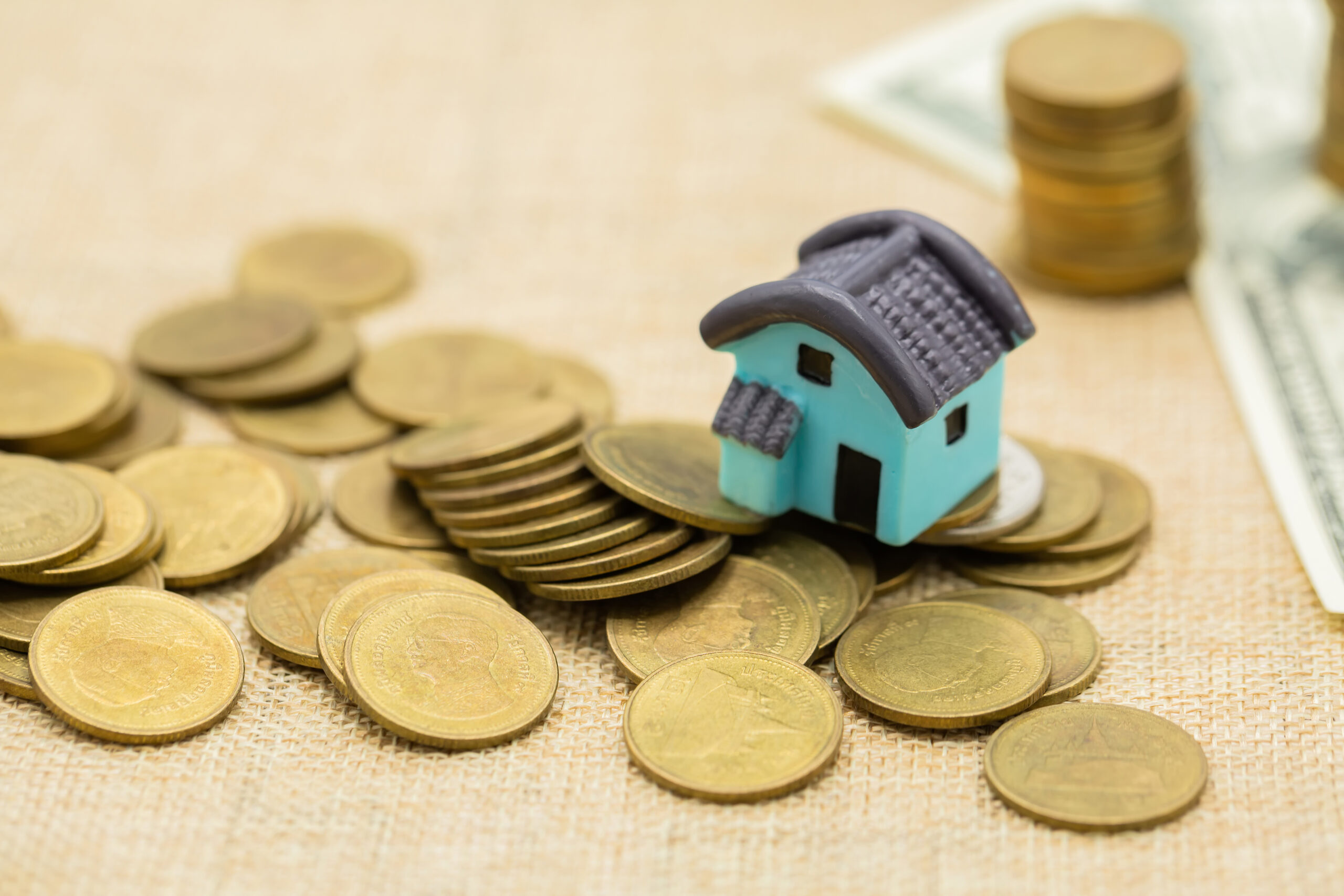Homeownership is often considered a cornerstone of wealth-building in many house holds. However, there’s a little-known secret to unlocking the financial power of your home: a Home Equity Line of Credit (HELOC). For many homeowners, a HELOC is seen as just a way to access funds for major purchases or improvements. But with the right strategies, a HELOC can be a tool for much more.
In this article, we’ll explore some of the lesser-known HELOC strategies that homeowners can use to their advantage. We’ll dive into how to maximize your HELOC for debt repayment, investments, and emergency preparedness. Plus, we’ll cover some common pitfalls to avoid to ensure that your home remains a source of financial strength.
What is a HELOC? A Quick Recap
Before we jump into advanced strategies, it’s important to understand what a HELOC is and how it works. A HELOC is a revolving line of credit that is secured by the equity in your home. Unlike a traditional home loan, where you receive a lump sum of money, a HELOC allows you to borrow up to a certain limit, repay it, and borrow again—much like a credit card.
Key features of a HELOC include:
- Credit Limit: The amount you can borrow, usually based on the equity in your home.
- Variable Interest Rates: Interest rates are typically variable, meaning they can change over time based on the market.
- Repayment Periods: Most HELOCs have an initial draw period (often 10 years) where you can borrow against the line, followed by a repayment period.
How to Maximize Your HELOC: Strategies for Homeowners

While it’s common to use a HELOC for renovations or large purchases, there are far more powerful ways to leverage it. Here are some strategies that can help you make the most of your HELOC:
Using a HELOC to Pay Off High-Interest Debt
One of the most straightforward and effective ways to use a HELOC is for debt consolidation. Many homeowners struggle with high-interest credit card debt, personal loans, or auto loans. These types of debt often carry interest rates higher than the average rate on a HELOC. By consolidating your debt into a HELOC, you could save significant money on interest payments over time.
For example, let’s say you have $20,000 in credit card debt with an average interest rate of 18%. If you transferred that balance to a HELOC with a 6% interest rate, you could save thousands in interest.
However, it’s important to be disciplined when using this strategy. Only use the HELOC to pay off high-interest debt and avoid adding to that debt once it’s paid off.
Take action today and discover how you can start saving thousands in interest payments by paying off your mortgage faster. Join The 5-Day “Cashflow Empire Live” and leave with a custom 5-year mortgage payoff plan you can use! Learn more here.
Investing in Home Improvements with HELOC Funds
Using a HELOC to fund home improvements can be a smart financial move—especially if the renovations increase the value of your home. Common upgrades that offer a solid return on investment include kitchen remodels, bathroom renovations, and energy-efficient improvements.
For example, if you invest $20,000 in a kitchen remodel, the increase in your home’s value could be far higher. While it may not always yield a dollar-for-dollar return, investing in the right improvements can add tens of thousands of dollars to your home’s market value.
One critical aspect of this strategy is to ensure that the money you’re borrowing will generate enough return to justify the interest payments. For instance, replacing a worn-out roof or adding a deck for outdoor living might yield a greater return than simply buying new furniture.
Looking to take your home to the next level? Discover how to maximize your home’s value and eliminate 25 years of mortgage debt in just 5 years. Join the Cashflow Empire Live Event now! Find out more here.
Little-Known HELOC Strategies to Consider
Beyond the typical debt repayment and home improvement strategies, there are several lesser-known tactics that can turn your HELOC into a financial powerhouse.
HELOC as an Emergency Fund
While many people rely on savings accounts for emergency funds, a HELOC can serve as a more flexible emergency resource. A home equity line of credit offers much higher borrowing limits than a standard savings account, and the interest is often lower than other types of loans or credit cards.
This strategy is ideal for homeowners who have built significant equity in their homes and want access to larger amounts of money in case of emergencies. The key benefit is that you don’t have to use the line of credit unless you really need it, and the flexibility allows you to borrow as needed.
That said, this option is not for everyone. Homeowners must be cautious about drawing too much from their HELOC for non-emergency purposes, as it’s easy to end up in debt.
Want a blueprint for paying off your mortgage faster and securing your financial future? Join Cashflow Empire Live and learn how to use tools like HELOCs to eliminate debt faster! Learn more here.
Using HELOC for Tax-Advantaged Investments
Some homeowners use their HELOC to invest in tax-advantaged accounts like IRAs or even real estate. By using borrowed funds to invest, you might increase your returns through leverage.
For instance, if you use a HELOC to invest in a rental property, the interest on the HELOC could be tax-deductible, depending on the property’s use. This strategy works best if you’re experienced in investing or have access to financial advice, as it does carry risk.
Before pursuing this option, consult with a financial advisor to ensure the investment is a good fit for your overall portfolio.
Offsetting HELOC Interest with a Home-Based Business
Many homeowners use their HELOC funds to start or expand a home-based business. This strategy allows you to potentially offset the interest paid on the HELOC by creating a new revenue stream. Some business expenses may even be tax-deductible, helping reduce the overall cost of borrowing.
For example, if you’ve always wanted to start an e-commerce business or a side hustle, using HELOC funds could be an efficient way to fund initial inventory, website setup, or marketing costs. Just be sure to have a solid business plan in place to minimize risk.
Ready to learn how to build wealth and eliminate mortgage debt faster? Sign up for Cashflow Empire Live to create a custom 5-year mortgage payoff plan that works for you! Sign up now.
Pitfalls to Avoid When Using a HELOC
While a HELOC can be a powerful tool, there are also risks involved. Homeowners should be cautious and aware of common pitfalls.
Borrowing Too Much Against Your Home’s Equity

One of the biggest mistakes homeowners can make is borrowing too much against their home’s equity. The equity in your home is a valuable asset, but using it to fund lifestyle expenses or accumulate debt can be risky.
It’s crucial to assess your financial situation carefully and ensure that any funds borrowed through a HELOC will be used wisely. Remember, failure to repay the line of credit could result in losing your home.
Understanding Variable Interest Rates
Another risk to be aware of is the variable interest rate that most HELOCs carry. While rates may start low, they can increase over time, making repayments more expensive. This is especially true if you take out a HELOC and don’t pay it off during the draw period.
If you’re concerned about rising interest rates, consider locking in a fixed-rate option or paying off the balance before rates climb too high.
Impact on Credit Score
Using a HELOC responsibly can have a positive impact on your credit score, but overextending yourself or failing to make timely payments can lead to a lower credit score. This can affect your ability to borrow in the future or qualify for better rates.
How to Qualify for the Best HELOC Rates and Terms
To get the best rates and terms on a HELOC, homeowners need to meet certain qualifications. Lenders will look at several factors, including:
- Credit score: The higher your score, the better your chances of getting a lower rate.
- Home equity: The more equity you have in your home, the higher your borrowing limit.
- Debt-to-income ratio: Lenders want to see that you can handle additional debt responsibly.
- Income stability: A steady income reassures lenders that you will be able to repay the loan.
Alternative Strategies for Homeowners Who Don’t Qualify for a HELOC
If you don’t qualify for a HELOC or prefer not to use one, there are alternatives available. These include:
- Home Equity Loans: A lump sum loan that is also secured by your home’s equity.
- Personal Loans: Unsecured loans with fixed interest rates.
- Cash-Out Refinance: Refinancing your mortgage and taking out extra money for a lump sum.
Each of these options has its pros and cons, and it’s important to research them carefully to determine which is best for your financial goals.
Conclusion: Is a HELOC the Right Strategy for You?
A HELOC is a powerful tool for homeowners, but it’s not without risks. If you use it wisely, a HELOC can help you pay off high-interest debt, invest in home improvements, and even grow your wealth through strategic investments.
To get the most out of a HELOC, homeowners must be strategic about how and when they borrow against their home’s equity. By understanding the potential pitfalls and applying the little-known strategies outlined in this article, you can turn your HELOC into a key financial resource.
Ready to take control of your mortgage and eliminate 25 years of debt? Join the Cashflow Empire Live event and learn how to pay off your mortgage in just 5 years! Sign up here.
Affiliate Disclaimer: BestMortgages.co may include affiliate links, which allow us to earn a small commission when you make a purchase through them. This helps support our site at no extra cost to you. Thank you for your support!




0 Comments